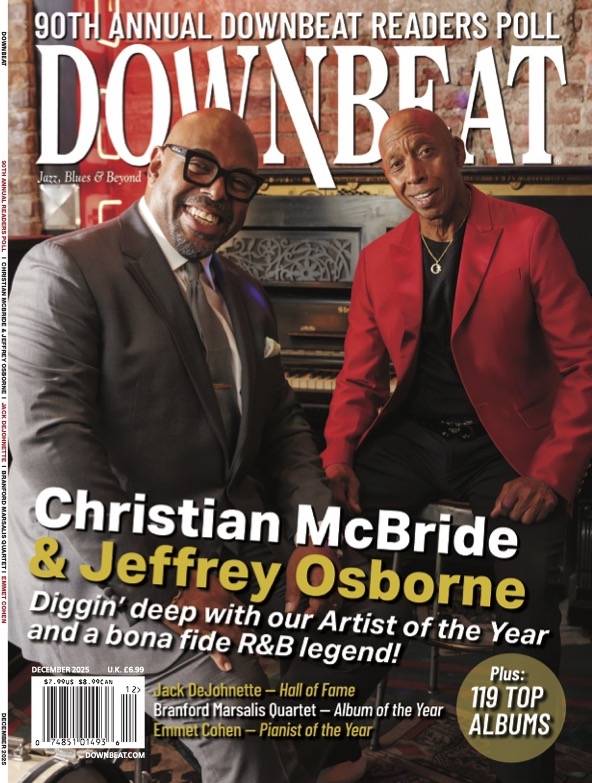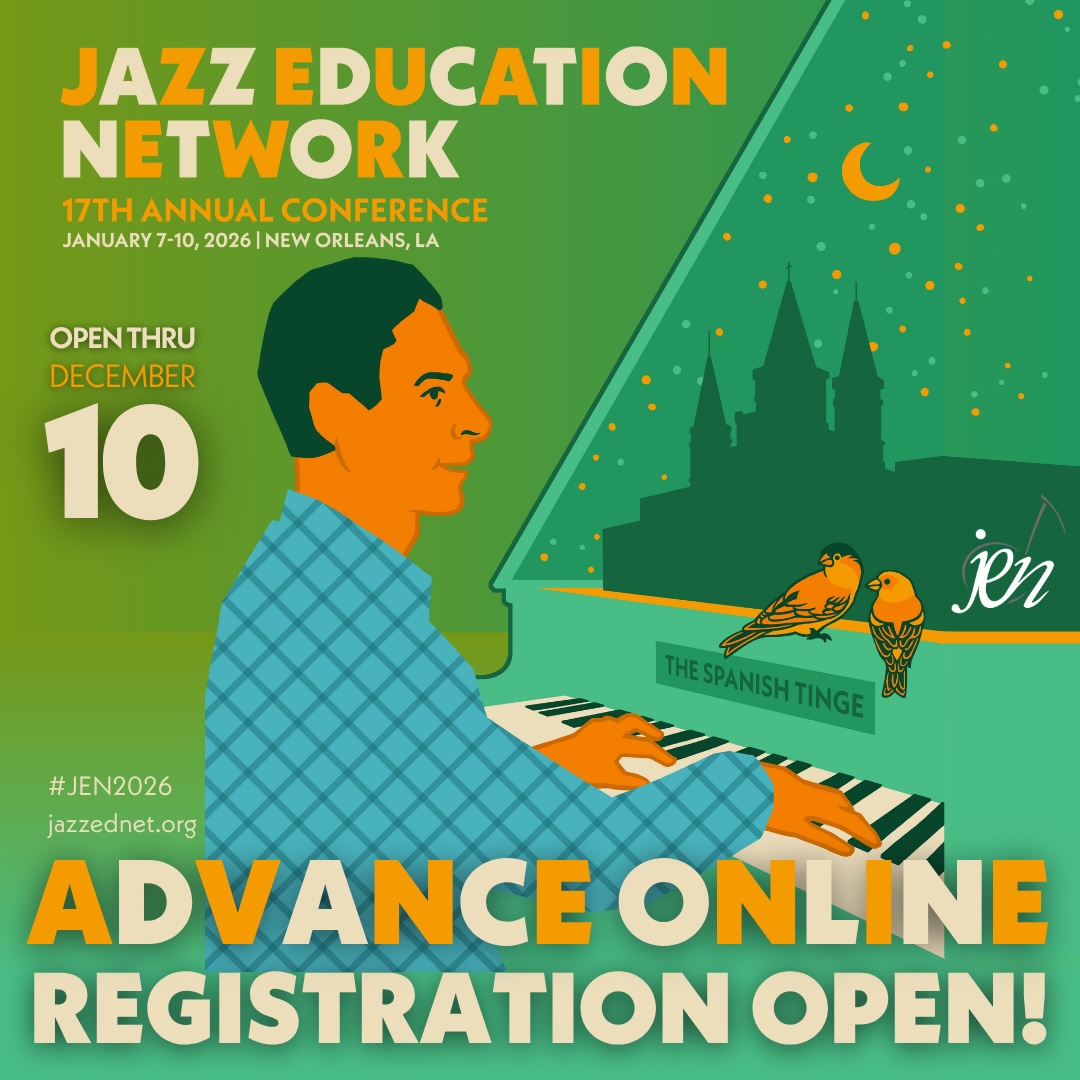Oct 28, 2025 10:47 AM
In Memoriam: Jack DeJohnette, 1942–2025
Jack DeJohnette, a bold and resourceful drummer and NEA Jazz Master who forged a unique vocabulary on the kit over his…

Lauren Sevian leads her own ensemble, performs with the group Lioness and is the band director of Jazz at Lincoln Center’s Young Women’s Jazz Orchestra.
(Photo: Anna Yatskevich)How do accomplished artists find new ways to expand their sound? Lauren Sevian has a few ideas. Frequently saying “yes” to collaborative situations and creating opportunities to play and compose, the baritone saxophonist continues to push her music in new directions.
Allowing one experience to inform her approach to another, Sevian leads multiple ensembles, lends her voice to the Lioness collective and has helped anchor the Mingus Big Band for more than 15 years. Last summer, Posi-Tone released her sophomore leader album, Bliss, a decade after her debut, Blueprint. The unintended wait invited self-reflection.
“I was able to see my coming of age,” Sevian explained. “By having that much time pass between the two recordings, there was a significant jump in what I could actually do on the instrument.”
In addition to chronicling her growth, Bliss documents Sevian’s longtime association with bassist Christian McBride. “It’s so much fun to play with him,” she said. “You give him something, he’ll have a couple looks at it and he’s cool.”
From McBride’s perspective, Sevian’s become “a staple” of the scene. “I adore her as a person and as a musician,” he said. “When you see her on the gig, you automatically know it’s going to be great.”
Working in countless big-band settings, Sevian has grown to embrace the opportunity to observe certain choices the leader makes—and those the lead alto saxophonist makes—guiding the music, cueing the band and engaging the audience. “I like to observe what’s going on, taking cues from other people,” she said. “That has informed how I put a set together [as a leader].”
In pursuit of authentic expression, Sevian composes with experiential sensitivity, whether she’s writing for—or against—accepted instrumental constructs. “[Sometimes,] it’s hard to explain what you’re actually doing, musically,” she said. “Maybe you can say, ‘I’m playing these patterns,’ but I’m trying to get on a deeper level.”
For Sevian, directing Jazz at Lincoln Center’s Young Women’s Jazz Orchestra has become deeply meaningful. As a young player coming up, she remembers going to hear the DIVA Jazz Orchestra and being conscious of two separate but connected ideas: This band is incredible; this band is a novelty. “They were playing at such a high level, and [it was] all women,” she said. “I didn’t even think these things existed. I always felt like I was the token girl in the band.”
As YWJO band director, Sevian encourages girls to explore their own their sound. “By starting this program at this age, these girls start to develop an awareness of their personal voice,” she said. “A big component is mentorship—not just me mentoring them, but them mentoring each other.”
Leading by example helps dictate how Sevian shares her time and artistry, but the music is what moves her. “It’s coming from a genuine place,” she said. “I’m not saying to myself, ‘OK, now I’m going to do this all-female band.’” Accordingly, the artistic partnership she’s formed with alto saxophonist Alexa Tarantino emerged naturally, following an immediate connection the two shared on the bandstand.
“When we played together, I [thought], ‘I almost can’t even hear myself,’” Sevian said. “Our phrasing, our natural nuances are very similar.” Sevian considers this kinship to be one of the more compelling attributes of LSAT, her co-led project with Tarantino (who is also a member of Lioness). “Even though we’re many years apart, we came together through the music.”
Sevian is among those jazz artists today who stretch their sound by interpreting existing vocabulary and creating new modes of expression. “I really want everything I do to mean something,” she said. “As you get older, you become more comfortable in your skin and you start to have the attitude that if people accept [your work], cool, and if they don’t, that’s cool, too.” DB
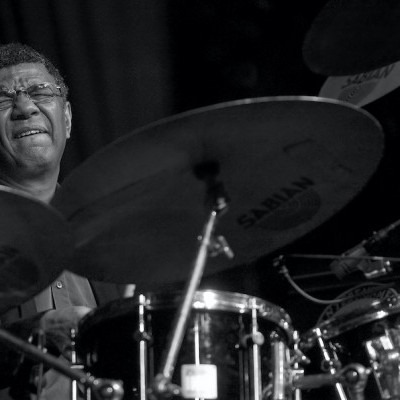
Jack DeJohnette boasted a musical resume that was as long as it was fearsome.
Oct 28, 2025 10:47 AM
Jack DeJohnette, a bold and resourceful drummer and NEA Jazz Master who forged a unique vocabulary on the kit over his…

D’Angelo achieved commercial and critical success experimenting with a fusion of jazz, funk, soul, R&B and hip-hop.
Oct 14, 2025 1:47 PM
D’Angelo, a Grammy-winning R&B and neo-soul singer, guitarist and pianist who exerted a profound influence on 21st…
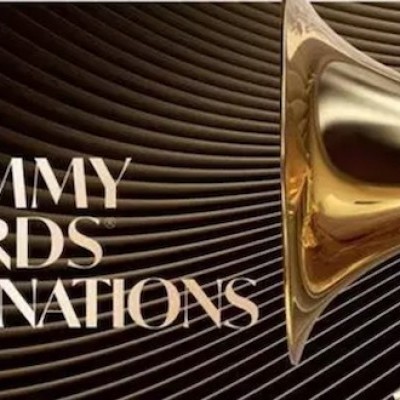
To see the complete list of nominations for the 2026 Grammy Awards, go to grammy.com.
Nov 11, 2025 12:35 PM
The nominations for the 2026 Grammy Awards are in, with plenty to smile about for the worlds of jazz, blues and beyond.…
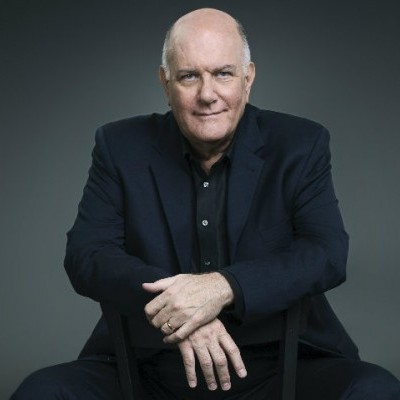
Jim McNeely’s singular body of work had a profound and lasting influence on many of today’s top jazz composers in the U.S. and in Europe.
Oct 7, 2025 3:40 PM
Pianist Jim McNeely, one of the most distinguished large ensemble jazz composers of his generation, died Sept. 26 at…
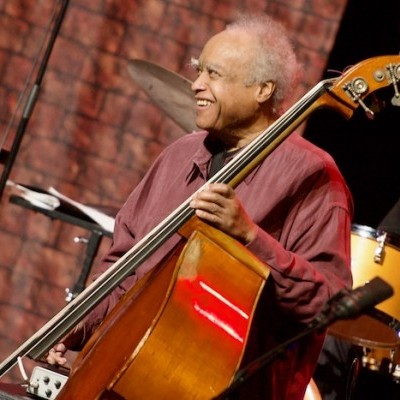
Drummond was cherished by generations of mainstream jazz listeners and bandleaders for his authoritative tonal presence, a defining quality of his style most apparent when he played his instrument unamplified.
Nov 4, 2025 11:39 AM
Ray Drummond, a first-call bassist who appeared on hundreds of albums as a sideman for some of the top names in jazz…

